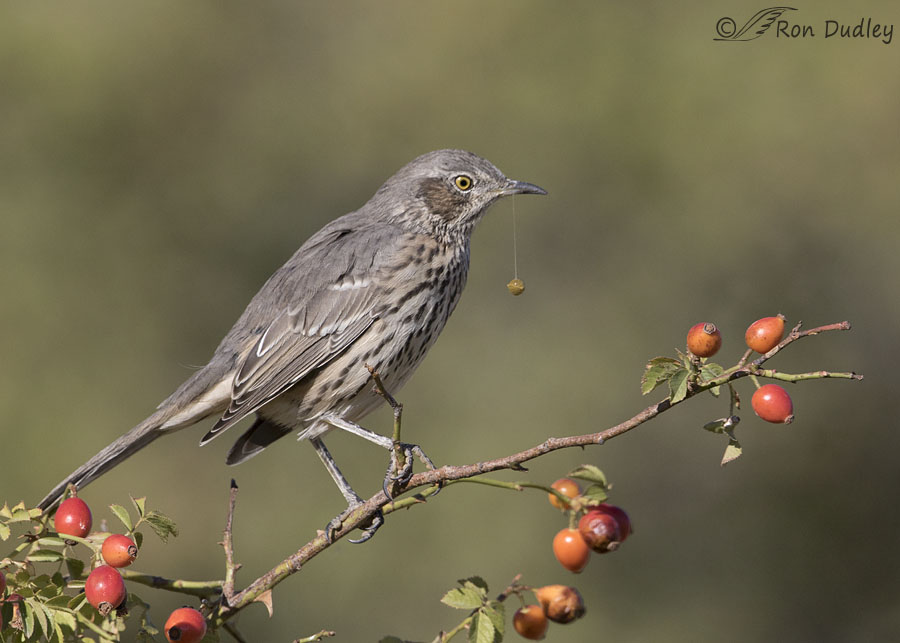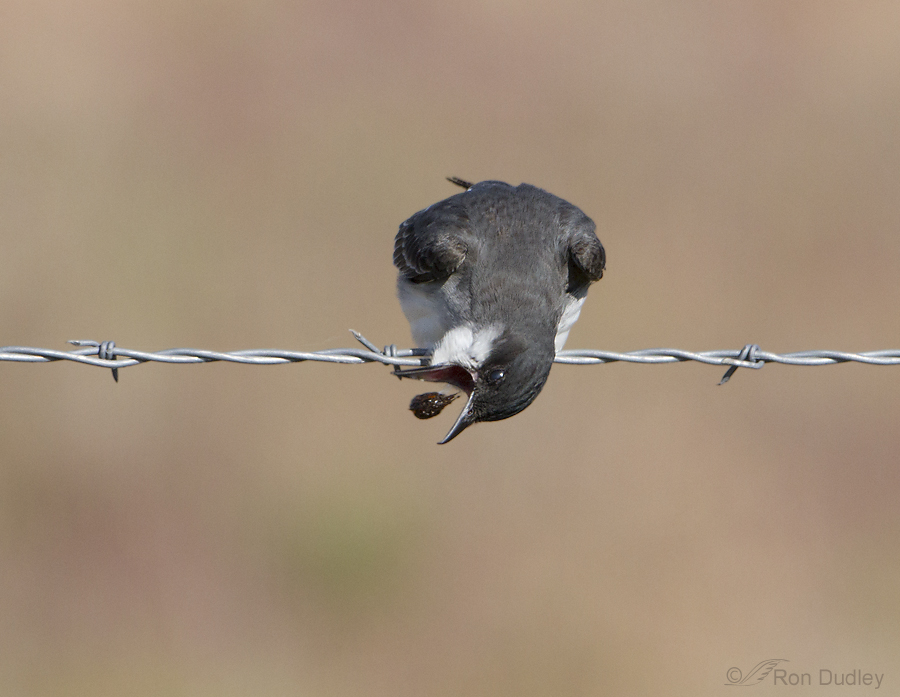Tag: regurgitate
Eastern Kingbird Casting A Pellet
Shrikes, Pellets and Photographer’s Frustrations
For about three years now one of my photography goals has been to get a series of quality shots showing a Loggerhead Shrike regurgitating a pellet. My requirements were that the images must be sharp with good detail and light, there must be no significant distractions or clutter to interfere with the behavior, there should be light in the eye (a catch light) and the last shot must show the pellet after it has left the birds mouth. This post is a progress report of sorts on how I’ve fared with the goal. I’ll include some lessons I’ve learned and mistakes I’ve made so I hope you’ll bear with me through a few less than ideal images which help to illustrate some of those lessons. 1/1250, f/8, ISO 640, 500 f/4, 1.4 tc This was my first image of a shrike ejecting a pellet (3/3/10). I didn’t anticipate it happening and wasn’t even sure what was going on until I processed the image. I got two almost identical shots that showed the pellet in the mouth and missed the pellet as it was ejected (I think I remember my buffer filling up just about then). I was also too far away for good image quality – this is a large crop. 1/3200, f/6.3, ISO 500, 500 f/4, 1.4 tc On the next opportunity (8/5/11) I was frustrated by obstructing branches and a poor light angle. While this young bird was ejecting the pellet it was facing mostly toward me which put its face and the pellet in shadow. Then the juvenile did something completely unexpected…
American Kestrels – What They’ll Eat and What They Won’t.
I’ve always found it fascinating to watch these little falcons eat. A gruesome experience to be sure but so much more interesting than observing a raptor such as an owl who simply swallows its prey whole. And if you watch carefully there’s a whole lot more going on during the process than first meets the eye. Kestrels can be pretty picky eaters. I’ve documented in another post on this blog that they often refuse to eat the intestinal tract of their prey and deliberately discard it. Kestrels, like other raptors, eject pellets of indigestible materials like fur, feathers, chitin and bone. All food that is swallowed first goes to the crop. From there the usable food continues on to the stomach but the indigestibles stay in the crop, are formed into a pellet and regurgitated roughly 23 hours (in the case of kestrels) after the meal was consumed. Canon 7D, 1/800, f/7.1, ISO 640, 500mm f/4, 1.4 tc The kestrels I’ve watched eating voles and mice typically eat the brain, decapitate the rodent, then go for the soft internal protein rich muscles and other organs (discarding the intestines). Since kestrels tear their prey into bite-sized pieces they can pick and choose what they actually swallow. Canon 7D, 1/400, f/8, ISO 640, 500mm f/4, 1.4 tc Pellet expulsion can be difficult and traumatic as I’ve documented elsewhere on this blog with Northern Harriers and I suspect that’s one of the reasons that kestrels try to avoid swallowing as much fur as possible. When opening up the body cavity they often get a beak-full of…
Northern Harrier Struggling to Expel a Pellet
Except for owls, all raptors have a crop for excess food storage. The parts of the prey that are indigestible are formed into a pellet in the gizzard and then regurgitated out of the mouth. These pellets contain hair, feathers, exoskeletons and sometimes (in the case of owls especially) the bones of their prey. I’ve noticed with many raptor species that expelling a pellet can be a difficult process, bordering on traumatic. Such was the case with this juvenile male Northern Harrier. I was watching this bird through my lens but not planning on getting any quality photos because the bird was strongly side-lit. But when he began trying to expel a pellet I couldn’t resist clicking away. Because of the side-lighting and relatively soft focus the images are not of high quality but I thought the behavior was interesting enough for a blog post anyway. All of the photos in this series are posted in the order that they were taken. The beginning of the struggle to expel the pellet Here the harrier is shaking his head from side to side to try to dislodge the pellet But with the effort he begins to lose his balance on the perch And almost falls over backward He begins to recover And then falls forward Begins to recover again Still recovering Recovered, but still with the pellet stuck in his mouth And finally the pellet has been expelled. As luck would have it my buffer had filled up and I missed…



